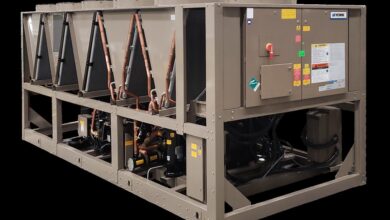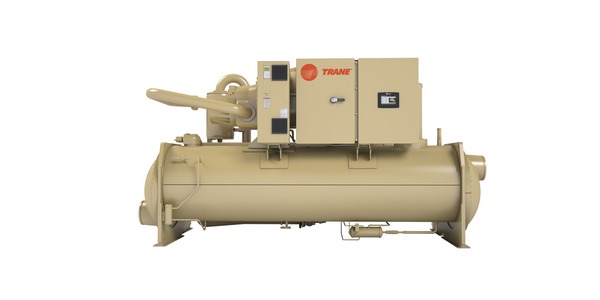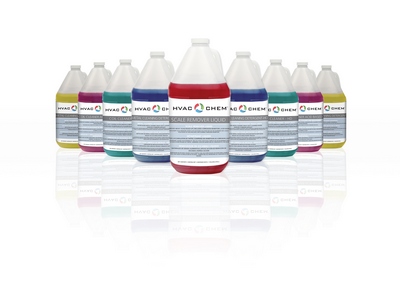3 Tips to Improve IAQ, Productivity this Winter
ROSWELL, Ga. — For the millions of Americans who work in commercial and institutional buildings, winter is the harshest season. Not so much for the ice and snow outside, but for the storm brewing inside.
That’s because 30 percent of commercial buildings in the U.S. have poor indoor air quality, a condition linked to respiratory illnesses, allergies and asthma and sick building syndrome.
In addition to shouldering the medical expenses of sick workers, U.S. businesses experience as much as a 33 percent drop in worker productivity due to poor IAQ. In fact, the total costs to the U.S. economy from poor IAQ are estimated to be as high as $160 billion a year.
“During the winter when everyone is trapped inside, airborne infections can spread when bacteria or viruses travel on dust particles or small respiratory droplets from an infected person’s sneezes or coughs,” explains Robert Martin, associate category manager, Kimberly-Clark Professional Filtration. “Healthy people can inhale the infectious droplets, or the droplets can land on their eyes, nose and mouth, increasing their chances of getting sick.”
Fortunately, airborne disease transmission can be reduced via effective air filtration. Martin and Kimberly-Clark Professional Filtration offer the following tips for commercial buildings to improve their IAQ this winter.
- Pay attention to your HVAC system’s air filters. Air filters provide a primary defense for building occupants against indoor air pollutants. But air filters will only support good IAQ when they are maintained correctly. Replace filters according to the schedule recommended by the manufacturer, or use a pressure gauge to determine when the filter has reached its final pressure drop. When installing filters, secure and gasket them tightly to avoid gaps between the filter frame and the filter rack. This helps avoid bypass air, which is detrimental to IAQ because respirable particles travel through the gap without being filtered.
- Look beyond MERV to filtering of submicron particles. The filtration efficiency of commercial air filters is rated by the Minimum Efficiency Reporting Value. A filter’s MERV is measured by the ASHRAE 52.2 Test Standard, which provides the efficiency of the filter over three particle size ranges: E1 (very fine particles of 0.3 to 1.0 micrometers), E2 (fine particles of 1.0 to 3.0 micrometers) and E3 (coarse particles of 3.0 to 10.0 micrometers). The smallest (under 2.5 microns) and most toxic particles are most likely to travel to the deepest part of the lungs, where they can cause a variety of respiratory health problems. Many filters have low E1 and E2 efficiencies. It’s therefore important to look beyond the MERV to the entire ASHRAE 52.2 test report, across all particle sizes.
- Use filters with mechano-electret media to capture submicron particles. Filters that provide a good balance of mechanical and electret efficiency will almost always outperform a filter that relies solely on mechanical efficiency. While submicron particles are much smaller than the void spaces in most commercial electret media, the electrostatic effects are particularly useful in increasing the capture efficiency for the submicron particles that can cause health problems.
“Improved indoor environmental quality may improve work performance, reduce absences and reduce healthcare needs,” Martin concludes, noting that IAQ improvements can reduce respiratory illnesses by up to 76 percent, and businesses can realize up to a 20 percent improvement in productivity. “Paying closer attention to your building’s air filtration system and its role in removing the tiny airborne particles that can cause health problems can help buildings improve their IAQ for better occupant health and productivity.”




